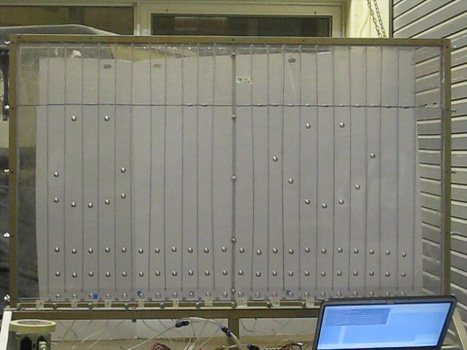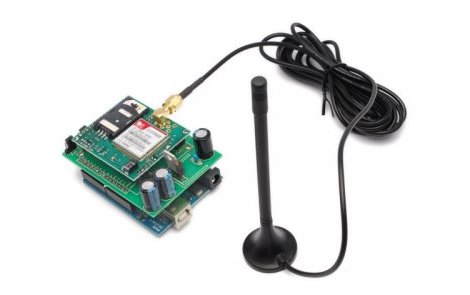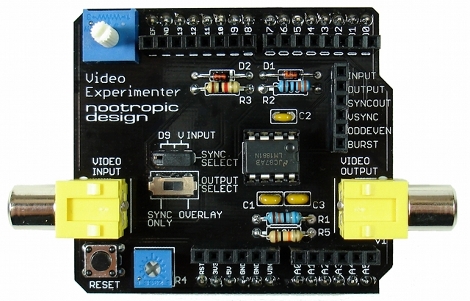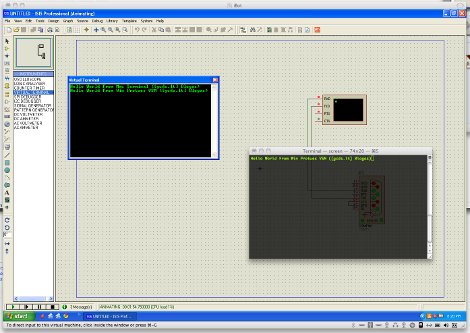
Add a retro light show to any MIDI instrument with this Antique Light Bulb Organ, twelve 30 watt antique style light bulbs correspond with the 12 notes in an octave with a simple on or off action. The organ is also monitoring the pedals, so the lights will stay on as you use the sustain. Add in the natural slow reaction time of a light bulb and the effect is quite nice.
Along with MIDI instruments , you can also connect to a PC via USB allowing for remote control either with MIDI or OSC. On the hardware end there is a Atmega324P board that handles communication, user input and of course the lights. To switch the 120v AC current required by the lights twelve Sharp PR36MF22NSZF isolated solid state relays were wired up to some screw down light sockets also fitting the retro theme.
Lastly everything is placed in a nice fold up wooden cabinet, perfect for those long road trips to prevent breakage, but it also makes a nice place to put your keyboard while on stage.
Join us after the break for a quick music video that features this good looking light organ.

















